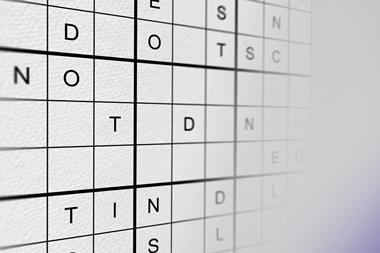The importance of knowing left from right
Chirality in transition metal chemistry: molecules, supramolecular assemblies and materials
H Amouri and M Gruselle
Chichester, UK: Wiley-Blackwell 2008 | 260 pp | ?37.50 (SB)
ISBN 9780470060544
Reviewed by Dai Davies
This book starts with a detailed introduction to chirality and enantiomers and the nomenclature associated with chirality. However, readers should ideally already be familiar with chiral carbon atoms and the more simple aspects of inorganic chirality, for example enantiomers of [M(bipy)3]n+ complexes.

This section is followed by a chapter on chiral organometallic compounds and asymmetric catalysis which is necessarily a very brief overview of this topic and if this is your main interest, more specialist books in this area will be more appropriate.
The second half of the book considers chiral recognition, supramolecular coordination compounds, and enantiopure molecular materials and it is in these areas that the book is most useful. These topics are well covered, in particular showing how the field is progressing to more rational approaches to the design of enantiopure supramolecular compounds and materials.
The book is well-referenced to the primary literature throughout and serves as a good review of these areas but with explanations provided for the less well-established worker in the field. Throughout, a clear differentiation is made between the use of enantiopure materials and racemates, and where appropriate, discussion of the stability of the chiral information.
Overall this book will be useful to students taking an advanced undergraduate course and particularly to postgraduates and academics undertaking research in the areas of chiral inorganic supramolecular complexes and materials.












No comments yet